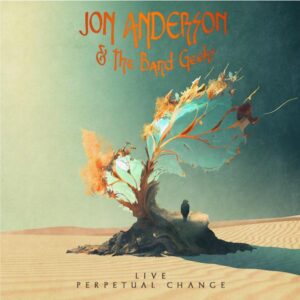YouTube Shares Ad Revenue With Musicians, But Does It Add Up?

YouTube is well-known for videos, but a recent Nielsen study revealed 64 percent of teens and young adults go to it to listen to and discover music. The free website, which is owned by Google, has set up advertising deals to help musicians get compensated. But it’s not clear how they’re getting paid — or how much.
It’s a safe bet that many of San Francisco State University’s 25,000 students are music fans. Zachariah Bargouti says if there’s an Internet connection — even on the subway — there’s YouTube.
“It even works under the Transbay Tube,” he says, talking about the portion of the BART that runs underneath San Francisco Bay. “I still have 3G and I can usually listen to something on YouTube.”
That’s why Bargouti says he doesn’t really buy music anymore. Neither does Arianna Caramat. “I stopped with the downloading of artists on iTunes,” she says. “I just find that it’s easier — more convenient — to, like, listen to online radio.”
The 22-year-old Caramat uses Pandora to find new music. She discovered disco there. And when she really likes a song, like Donna Summer’s “I Feel Love,” she goes to YouTube.
To its credit, YouTube is trying to help Summer’s estate make some money. Chris Maxcy, the company’s partner development director for music, spends his days working with labels and music publishers to license music for YouTube. “If you were to look at each month,” he says, “we are paying out tens of millions of dollars to the industry.”
Maxcy says YouTube is paying the labels and the song writers a percentage of the revenue from advertising attached to videos like “I Feel Love.”
“When that video is played on our site, we target advertising to it,” he says. “Then we give the labels and the publishers a share of the advertising.”
When I watch the Summer video, an ad pops up at the bottom for Hive — whose slogan is “Modern design for the home.” Google, which owns YouTube, has clearly figured out that I like modern furniture based on my other browsing habits. But it is not always clear how much Summer and her label will make from an ad targeted to me, compared with one aimed at a 22-year-old college student.
“If you’re Proctor & Gamble you might find a particular demographic more appealing,” says Maxcy. “So you might find moms more appealing than teenage boys. I think there’s so many variables that go into ultimately what the artist makes off of that advertising.” In other words, Proctor & Gamble might pay more for an ad on YouTube than the makers of Halo.
Source: Indie Music


